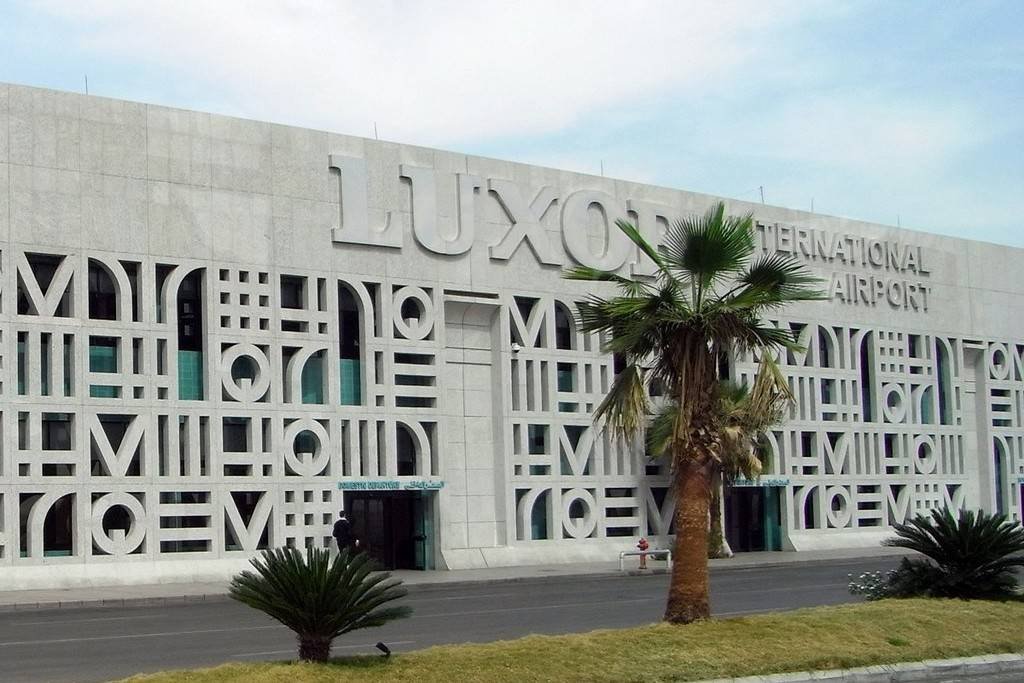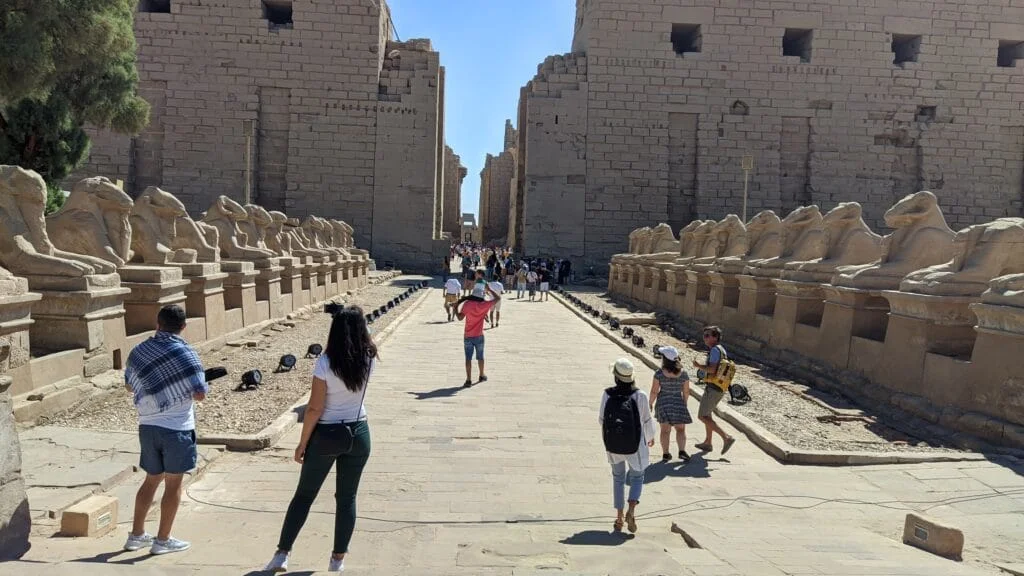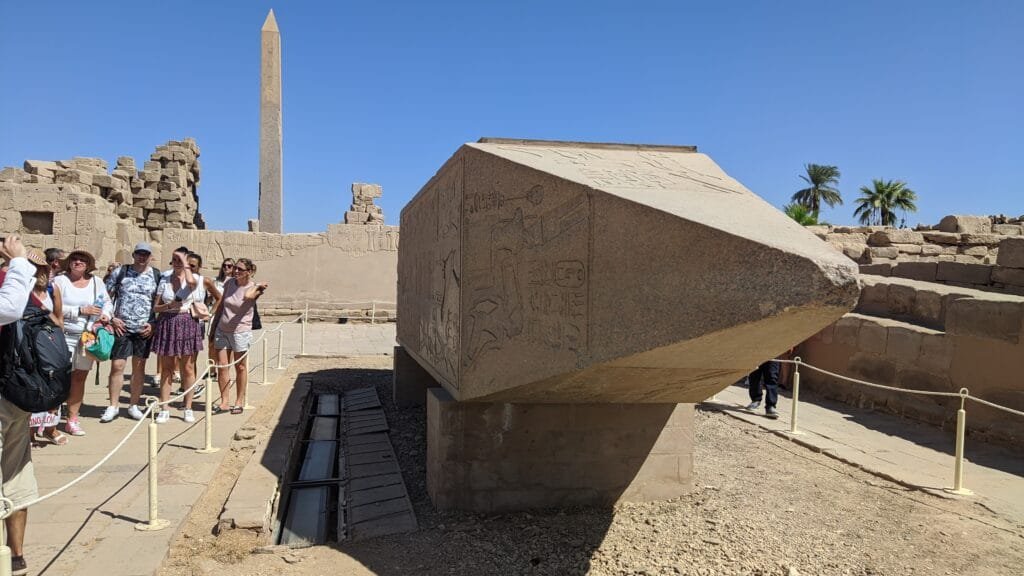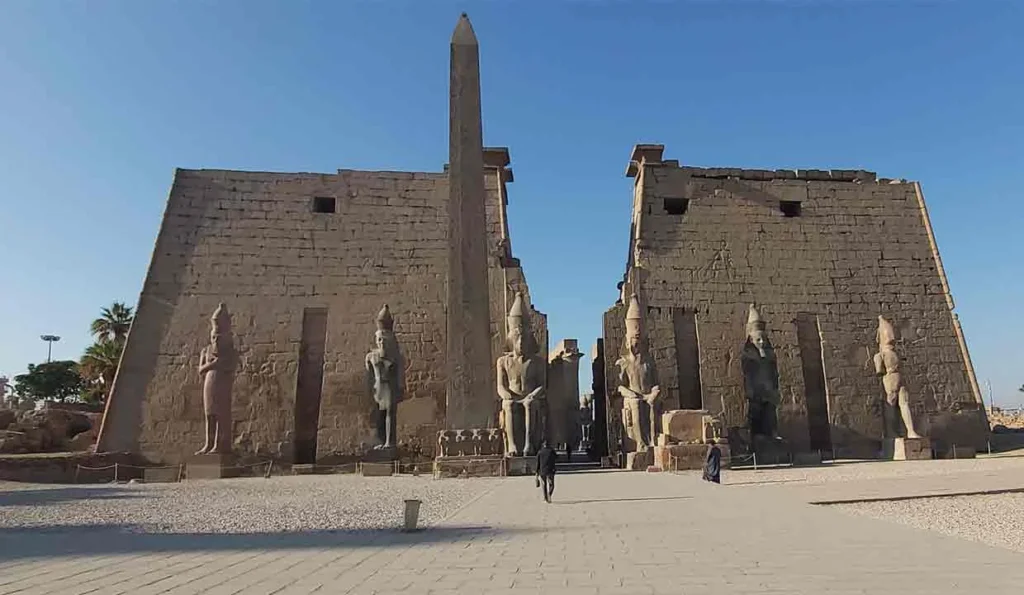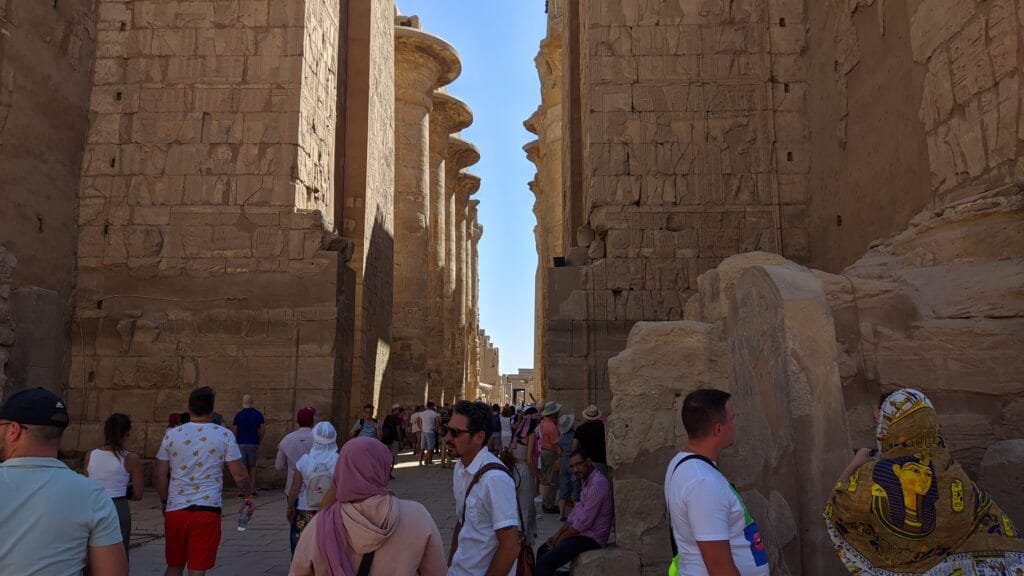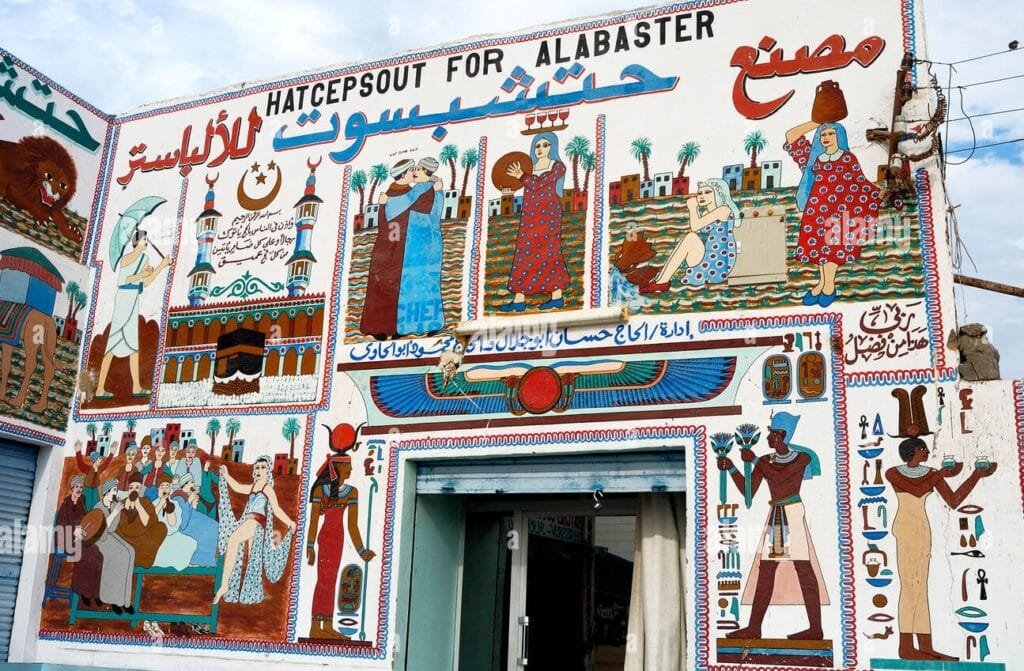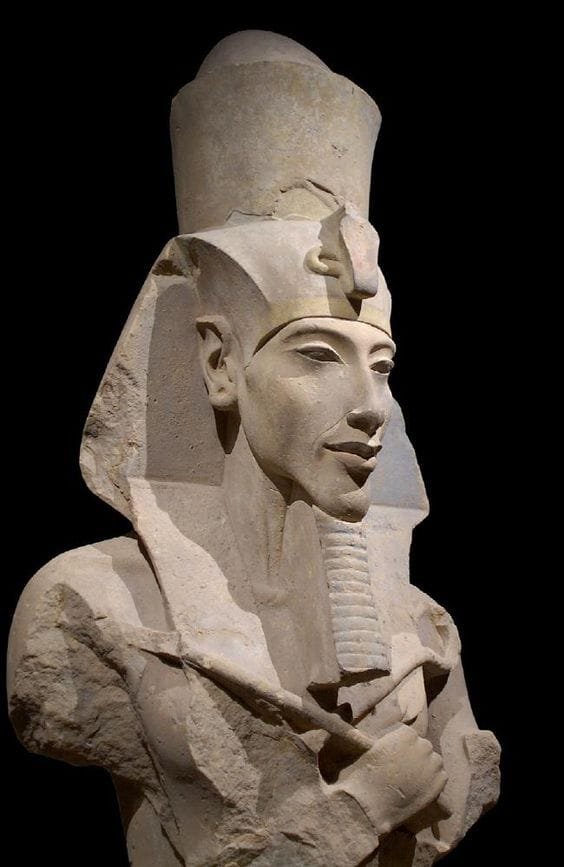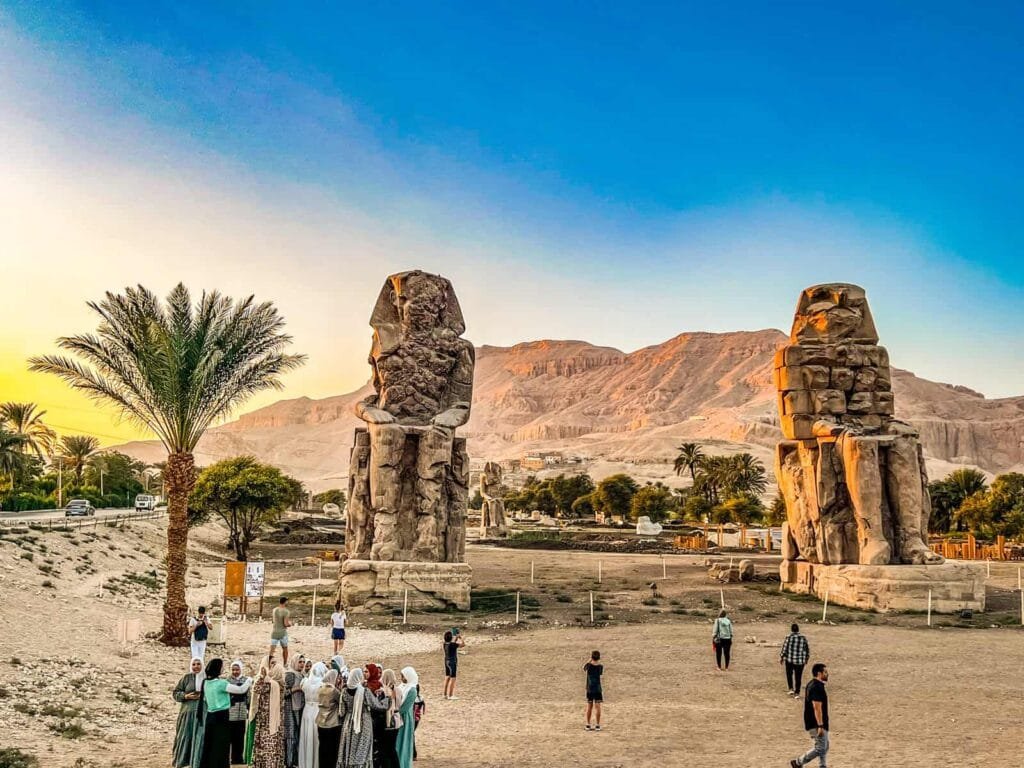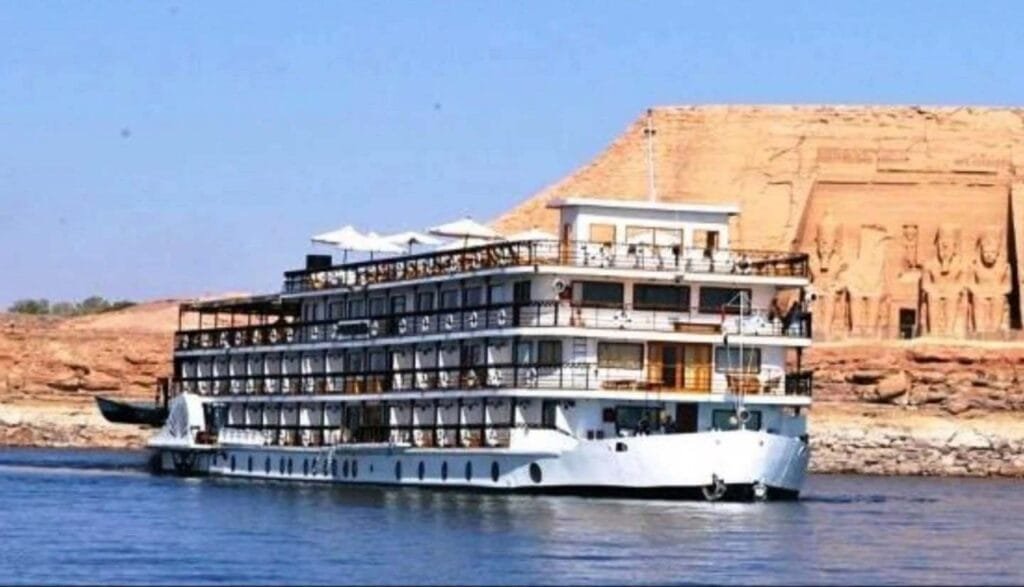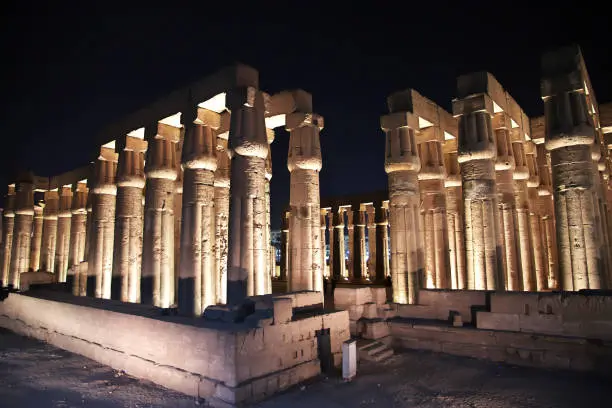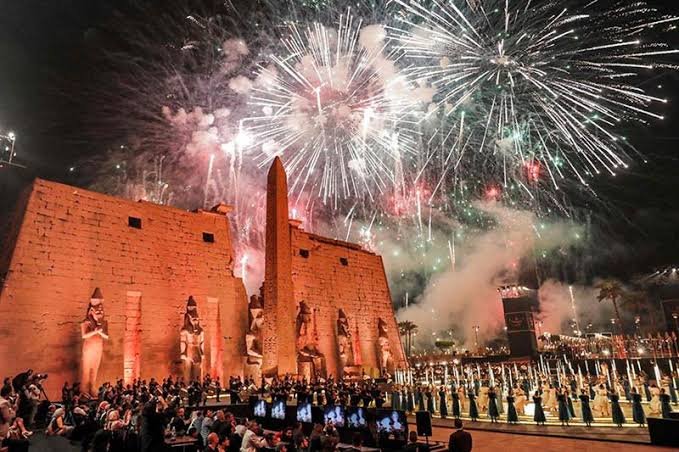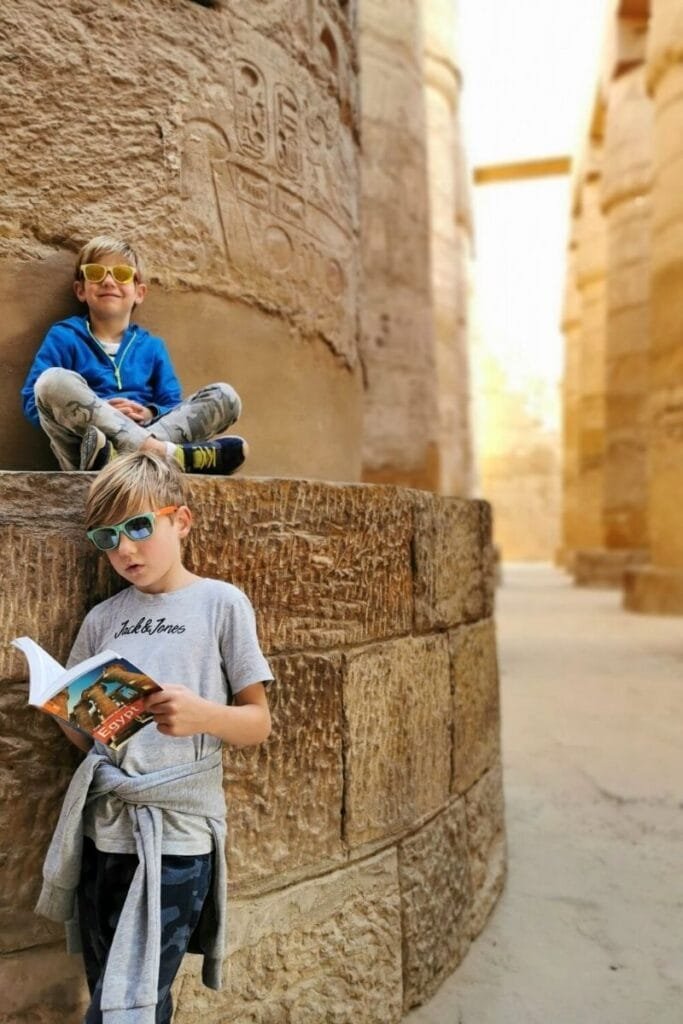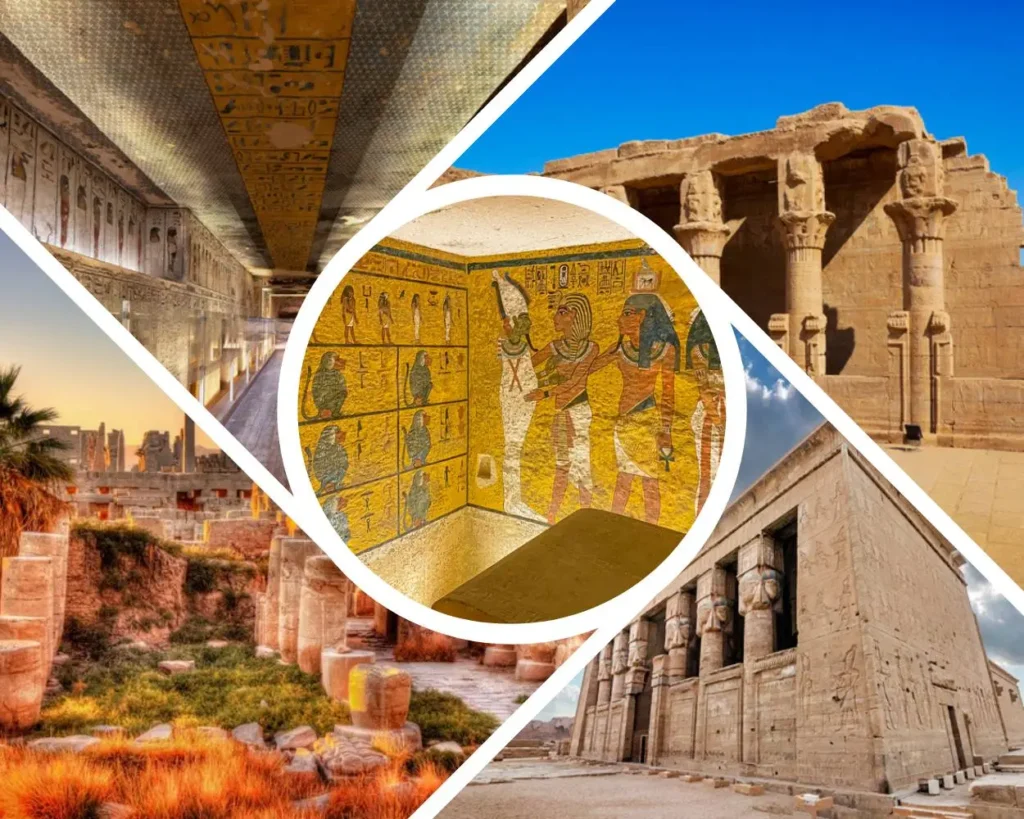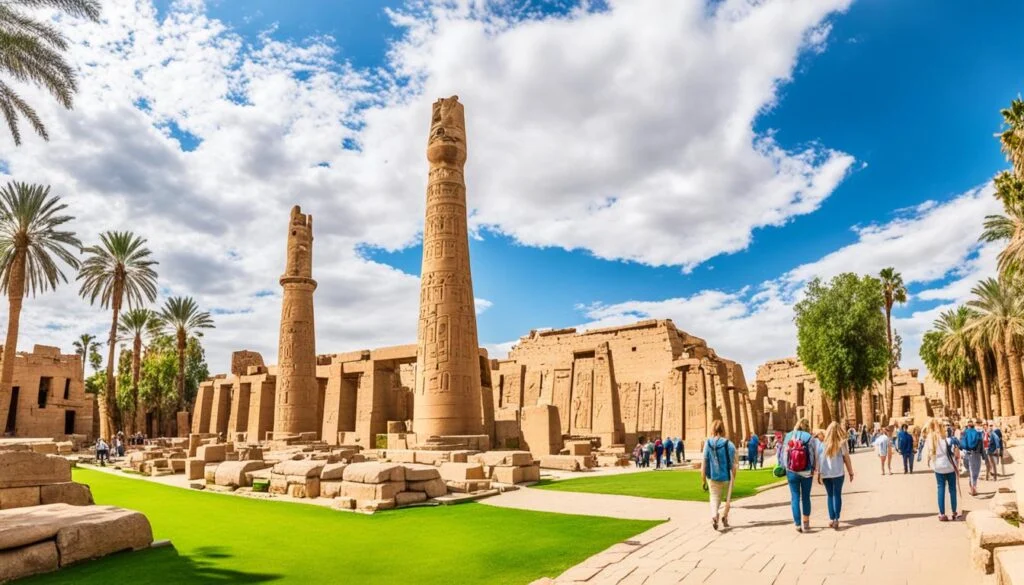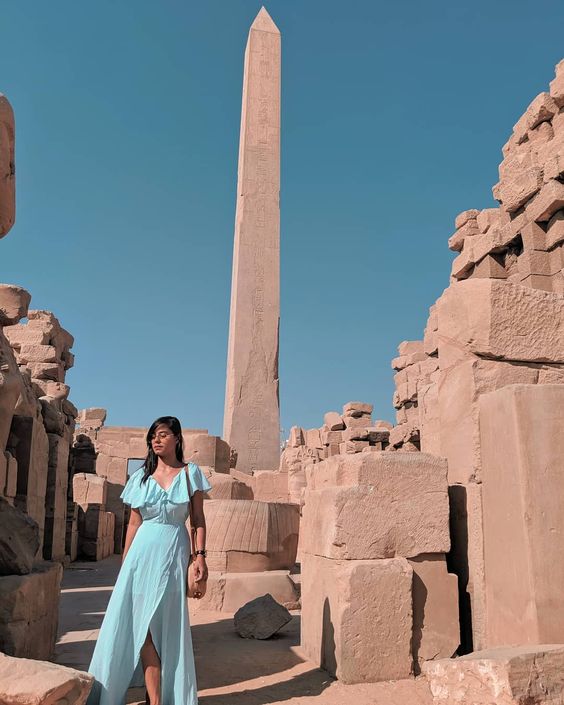East Bank vs. West Bank: Dividing Luxor’s Rich History
The East Bank and West Bank of Luxor offer distinct but complementary experiences. The East Bank is the center of modern Luxor, filled with hotels, restaurants, markets, and cultural attractions. It is here that you will find two of Egypt’s most iconic temples: Karnak Temple and Luxor Temple. The Karnak Temple complex is the largest temple complex in Egypt, with over 100 hectares of beautifully preserved monuments, shrines, and halls. The Luxor Temple, located in the heart of the city, is another architectural marvel that was originally built to celebrate the rejuvenation of kingship. These temples, along with other sites like the Luxor Museum, are located on the East Bank, providing visitors with a fascinating glimpse into the spiritual and political life of ancient Egypt.
The West Bank, by contrast, is quieter and more reflective of ancient Egypt’s royal afterlife culture. The area is home to the Valley of the Kings, the burial place of numerous pharaohs, including Tutankhamun and Ramses II. The Valley of the Queens, the burial place of royal wives and children, also lies on the West Bank. Other significant sites on the West Bank include the Temple of Hatshepsut, dedicated to the female pharaoh Hatshepsut, and the Colossi of Memnon, two enormous statues of Amenhotep III. The West Bank is often less crowded than the East Bank, giving it a more serene atmosphere, perfect for reflecting on Egypt’s ancient past.




